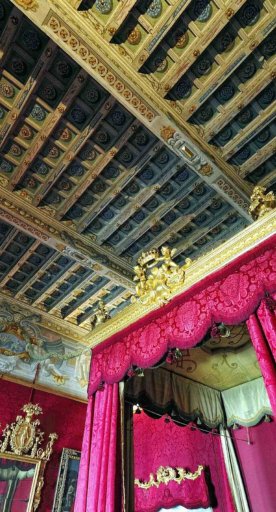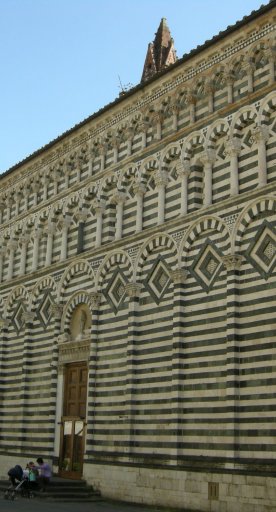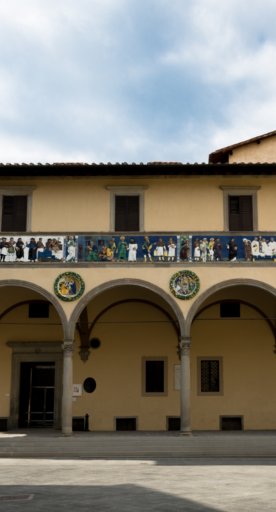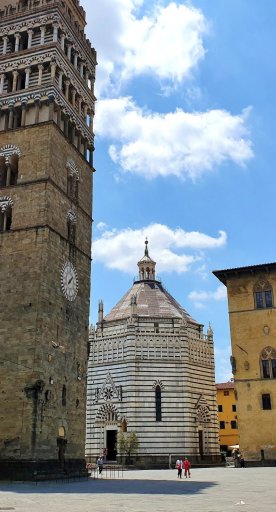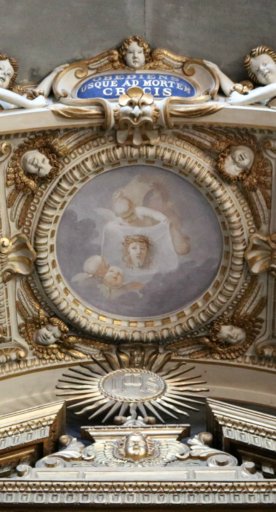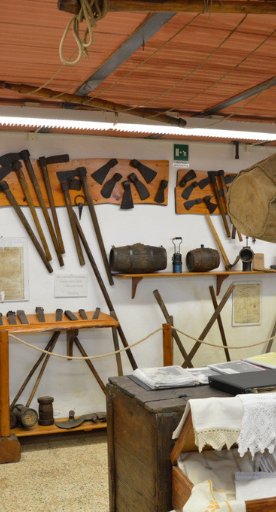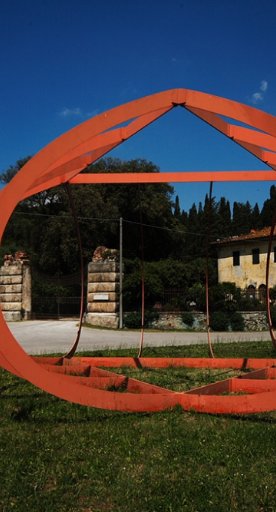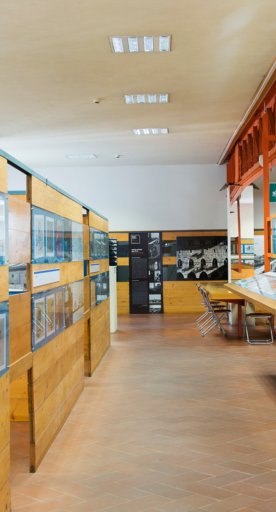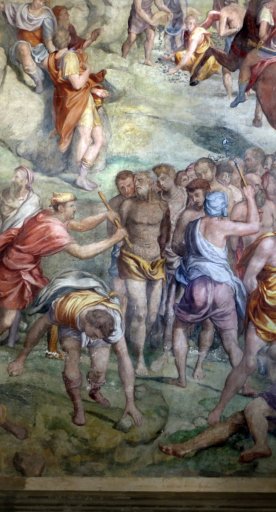
Ancient Palace of the Bishops and Museum of the Cathedral of San Zeno
Museum itineraries in the ancient seat of the bishop testify to the city's artistic richness
The Ancient Palace of the Bishops in Pistoia has been known since 1091. The building, which stands in Piazza del Duomo, was initially a fortified dwelling later turned into a stately residence during the 12th century.
This historic seat of the bishop now houses several museum itineraries inside. The visit opens with the Tactile Museum“La Città da Toccare” (The city to touch), designed for the visually impaired and blind and displaying a number of wooden tactile models that are scale reproduction of the main monuments of Pistoia.
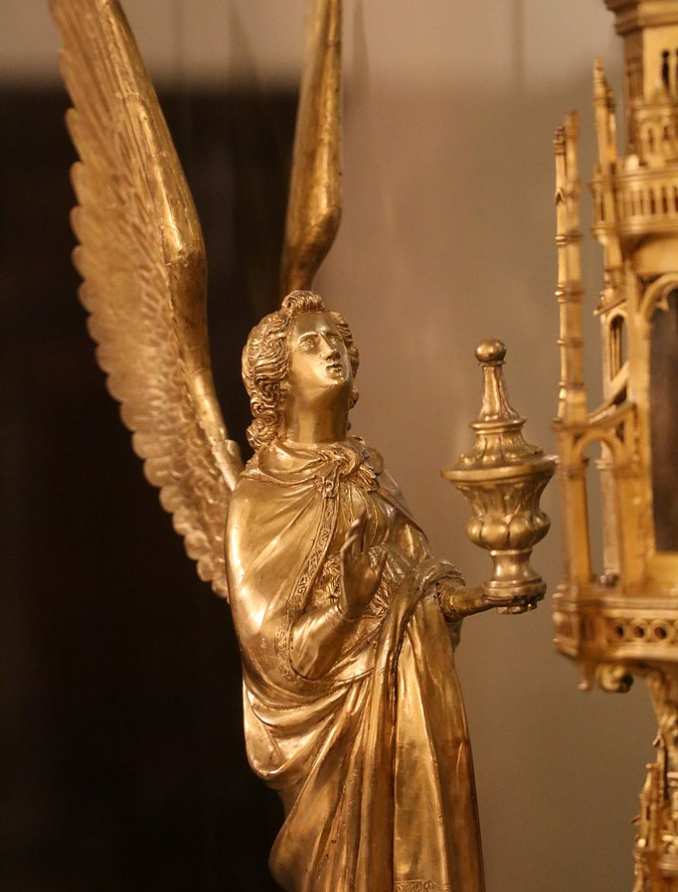
The archeological section, set up underground in the Palace, is the only visible evidence of the city's archeological stratifications from Roman times to modern and contemporary times. A number of Etruscan tombstones dating from the centuries between the 6th and 5th BC are also on display.
Important works from various historical periods are located in the Palace: the Bigongiari Collection, for example, allows visitors to admire a collection of over forty paintings, among the most representative of the 17th-century Florentine; modern works include a Pomona by Marino Marini dated 1945 and the Tempere Murali by Giovanni Boldini located on the first floor. Also worth of note is the “Millefiori” Tapestry, a beautiful example of Flemish tapestry from around 1530.
The Museum of the Cathedral is a collection of sacred art from the church that includes medieval and Renaissance jewelry and liturgical furnishings of significant importance. One example is the reliquary of St. Jacopo, made in 1407 by Lorenzo Ghiberti, or the wooden sculpture depicting the Angelo con la testa del Battista (Angel with the Head of the Baptist), from the early 14th century and attributed to Giovanni Pisano.
